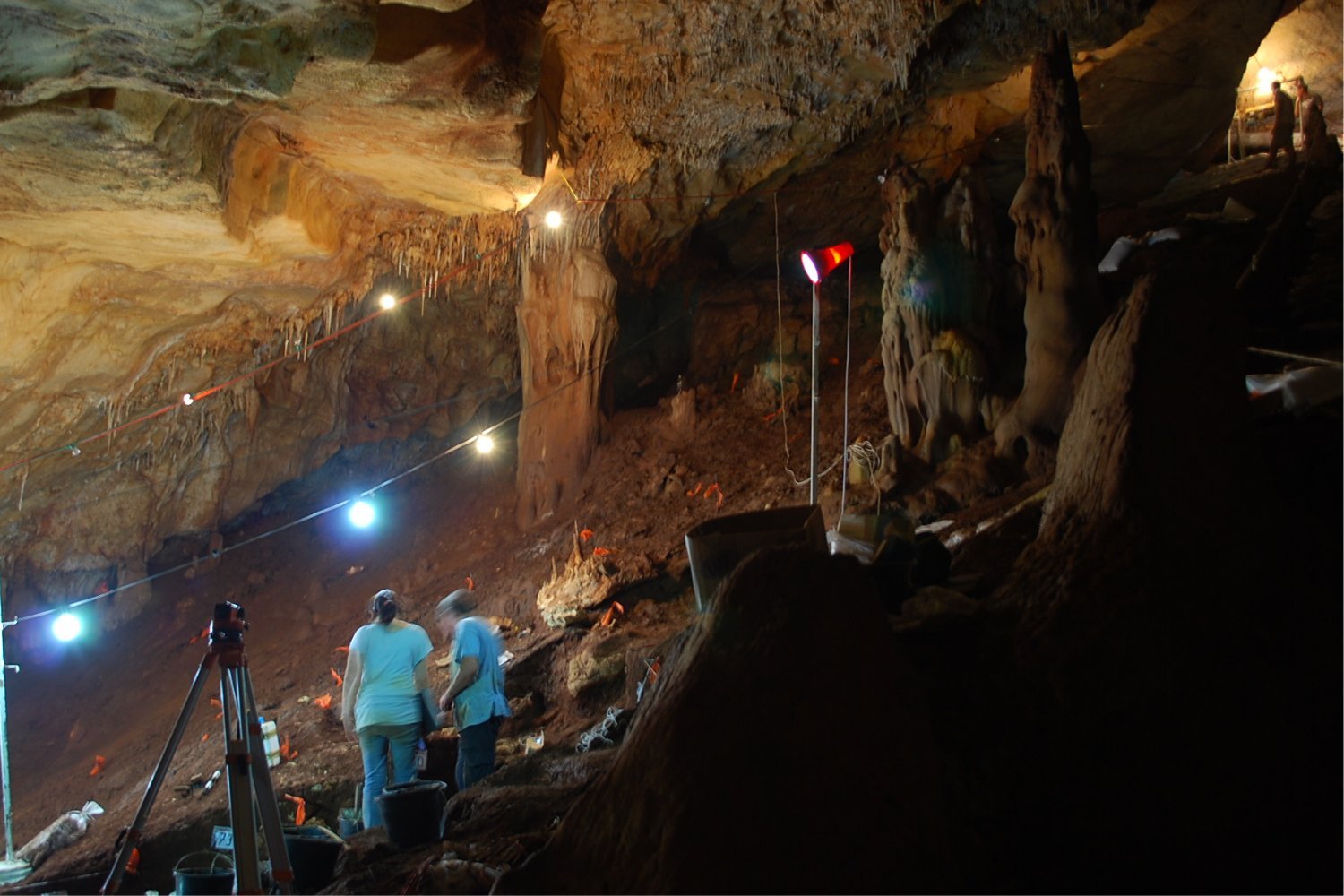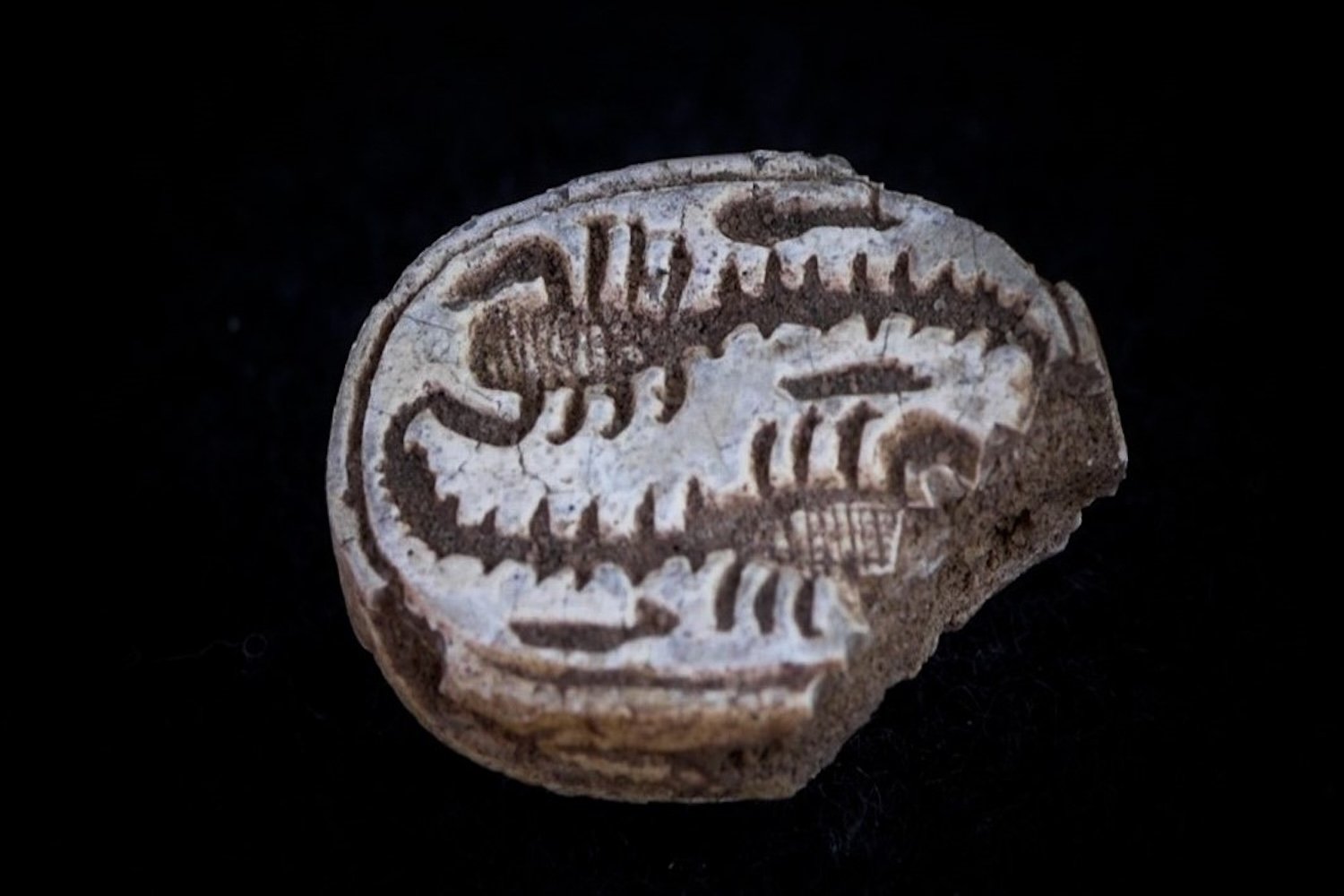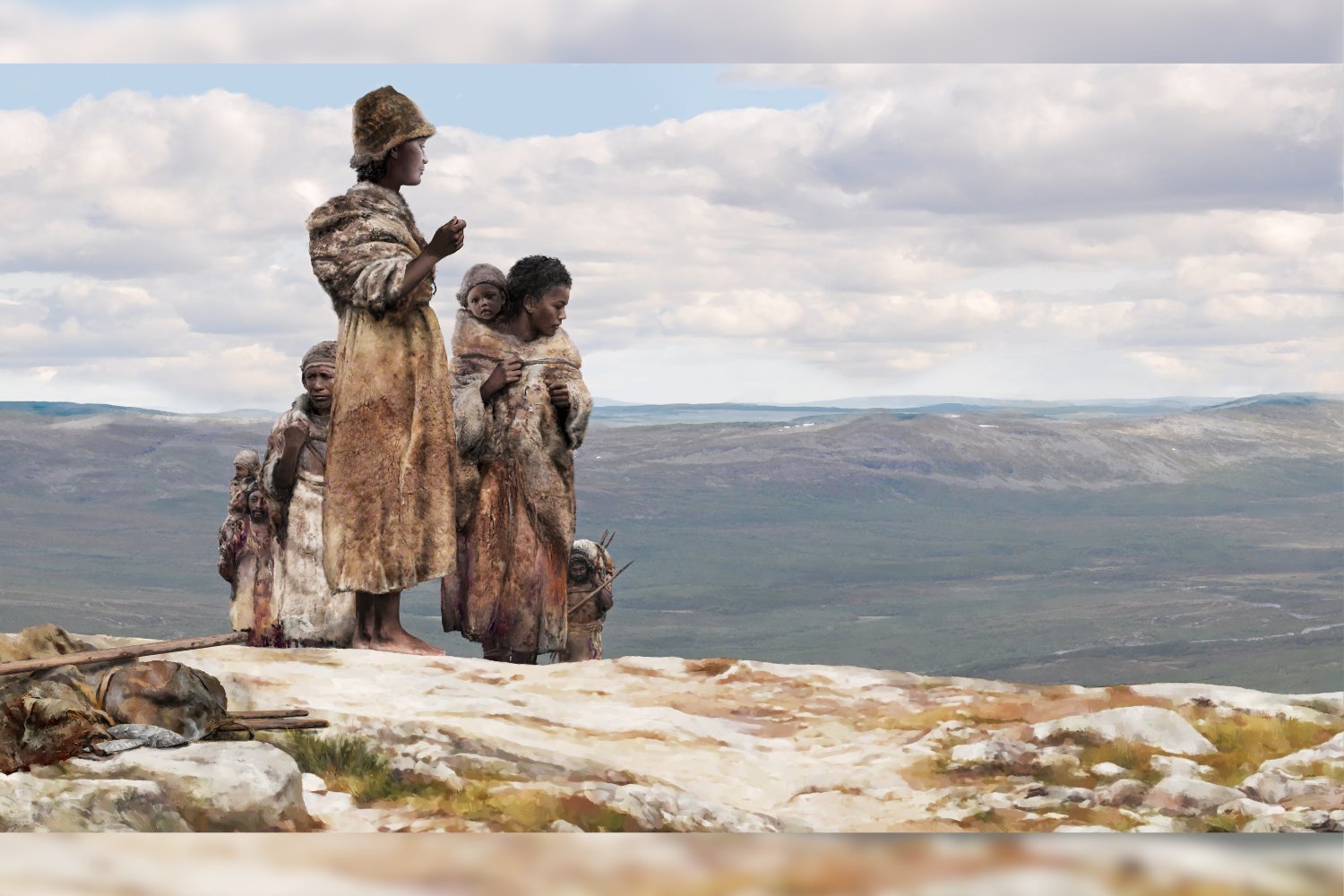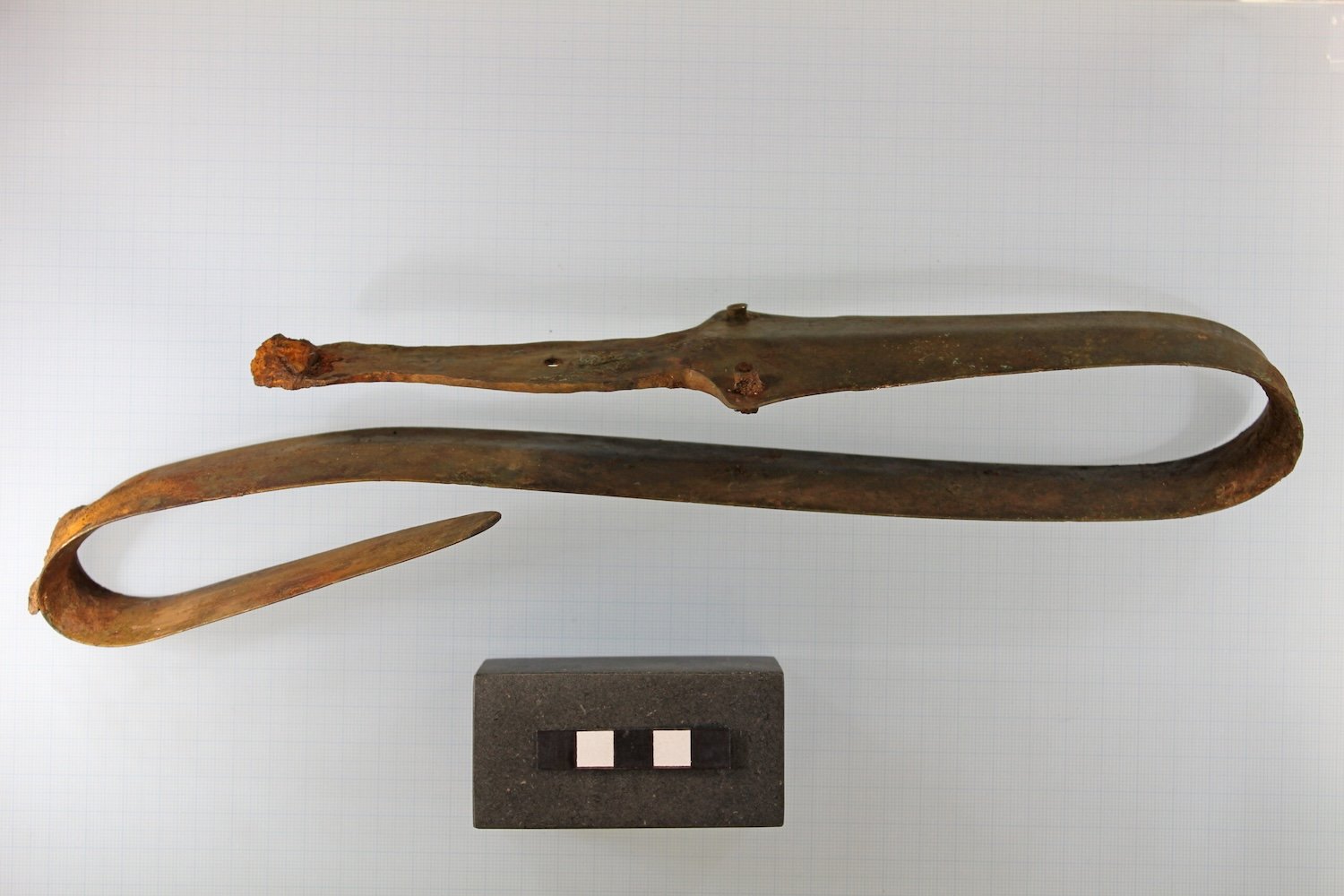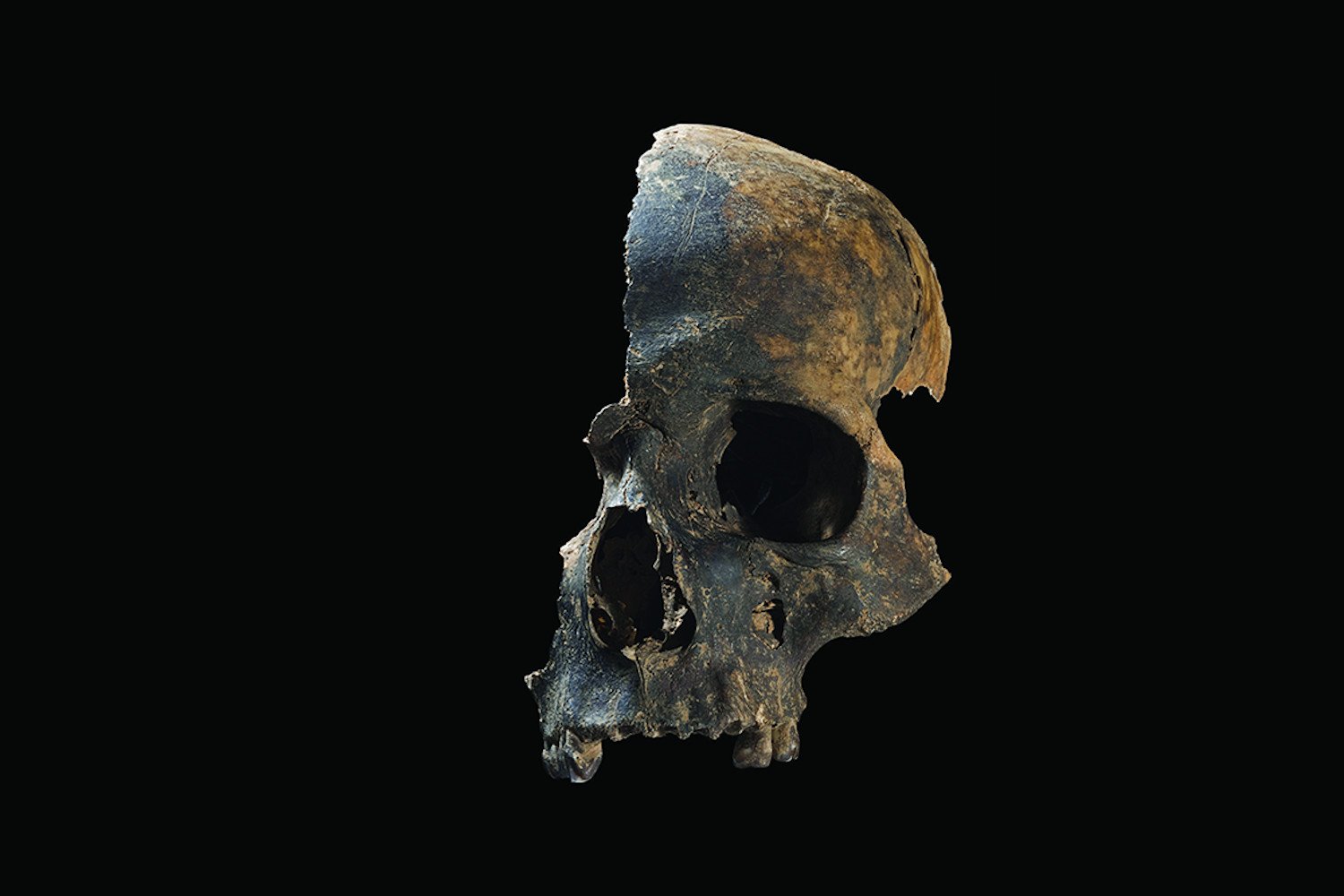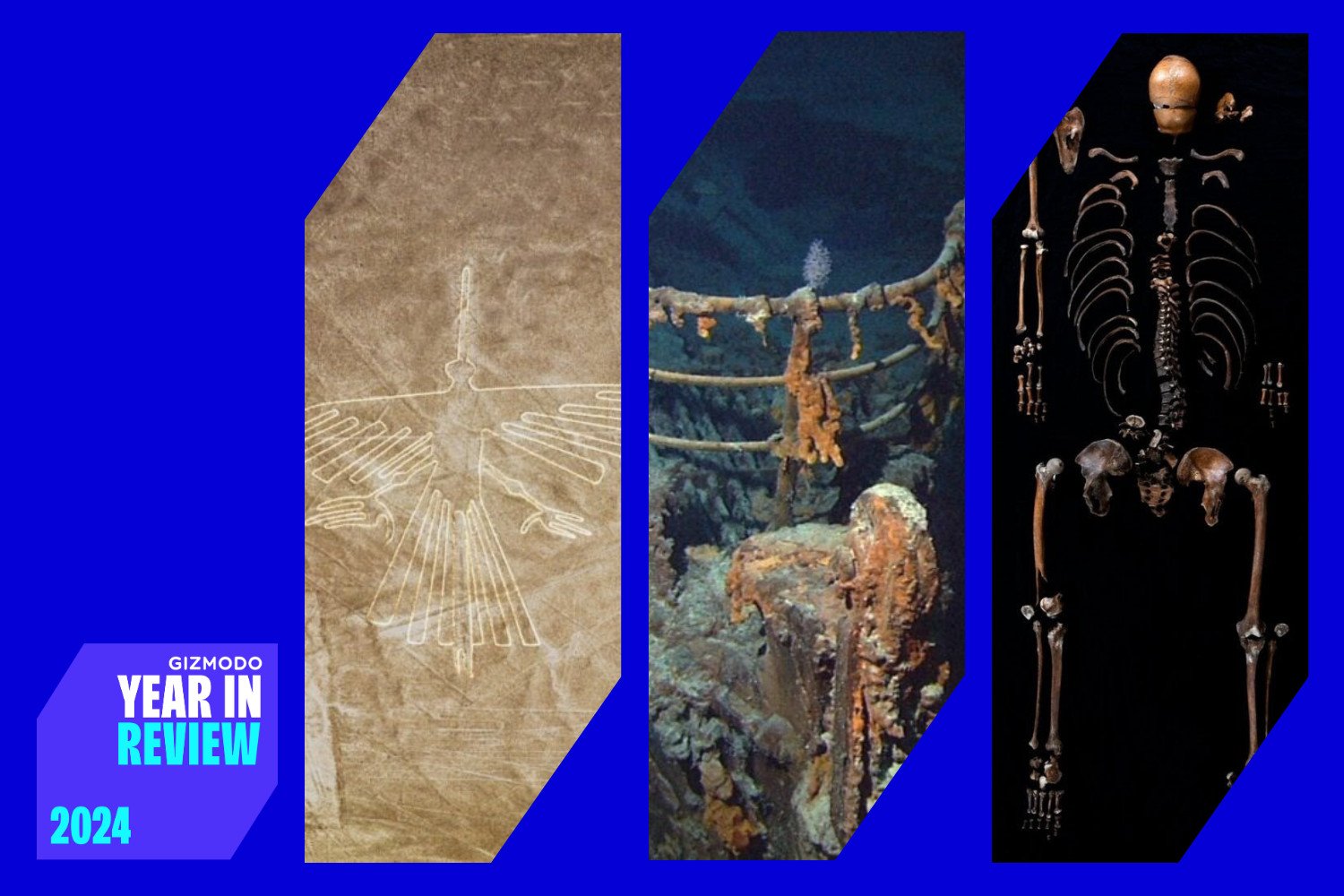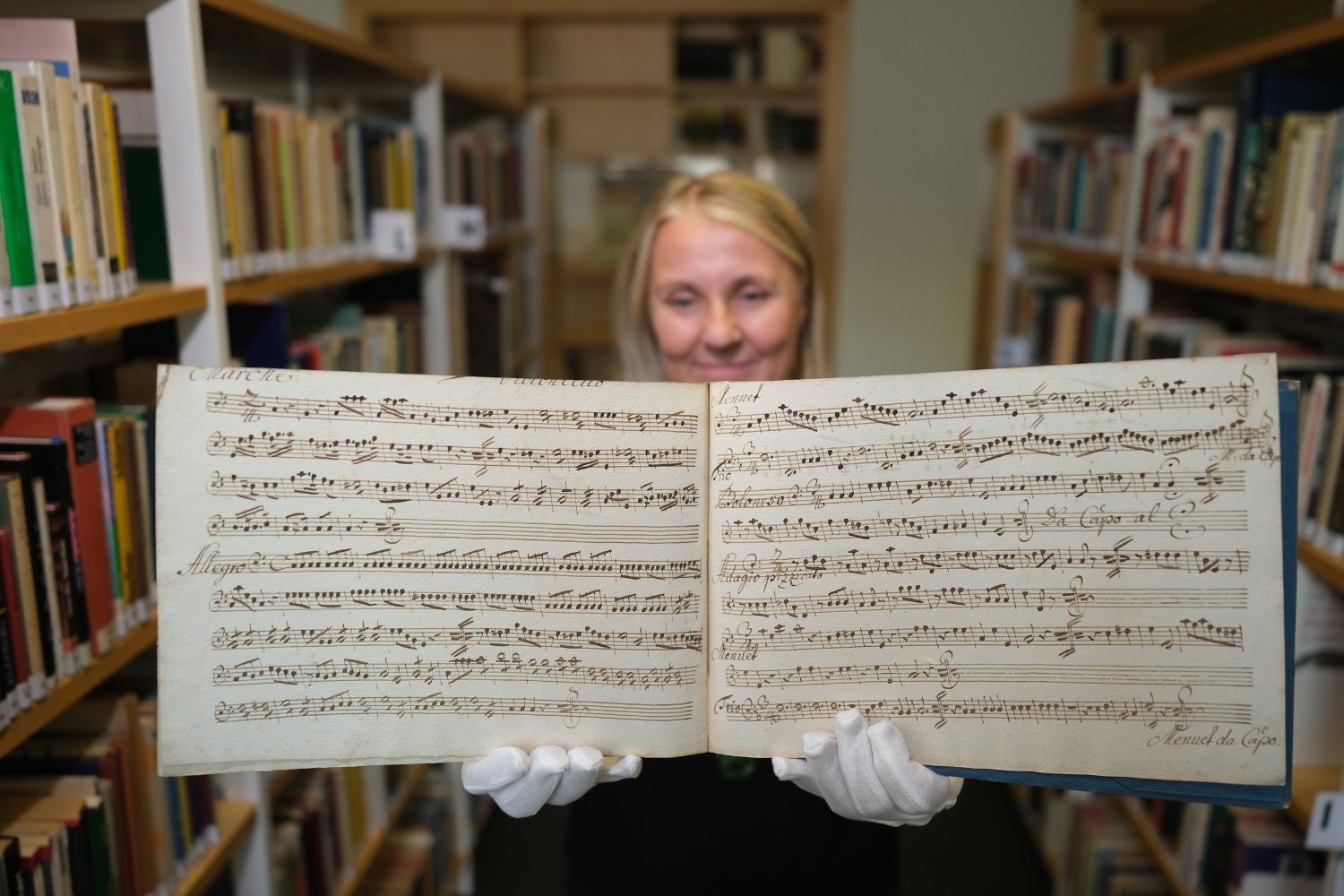A unique carved boulder found deep within Manot Cave in northern Israel suggests the site may have been used for communal rituals approximately 35,000 years ago, according to a recent study. This discovery offers a fascinating glimpse into the cultural practices of early humans inhabiting the region.
Published in the Proceedings of the National Academy of Sciences, the research details the findings within a chamber separate from the cave’s living quarters. This area, located in the deepest, darkest recesses of Manot Cave, contains a collection of unusual mineral deposits known as speleothems, as well as the remarkable carved boulder. The boulder’s engravings bear a striking resemblance to the shape of a tortoise or turtle, leading researchers to speculate about its symbolic significance.
“Its location, far removed from the everyday activities near the cave entrance, suggests it was an object of worship,” explained Omry Barzilai, lead archaeologist from the University of Haifa and the Israel Antiquities Authority. The boulder’s unique placement and carvings hint at its potential role as a totem or spiritual figure, indicating the possibility of ritualistic practices within the cave.
Evidence of Fire and Ritualistic Practices
Manot Cave, discovered in 2008 during construction near the Israel-Lebanon border, has yielded significant archaeological discoveries. A 55,000-year-old human cranium, unearthed in 2015, offered crucial evidence of early human presence in the cave. This finding suggested a possible link between the Manot people and the first modern humans who later populated Europe.
This new research adds a cultural layer to the cave’s history, suggesting that the inhabitants engaged in more than just basic survival activities. The presence of the carved boulder and evidence of fire use indicate a level of symbolic thought and ritualistic behavior.
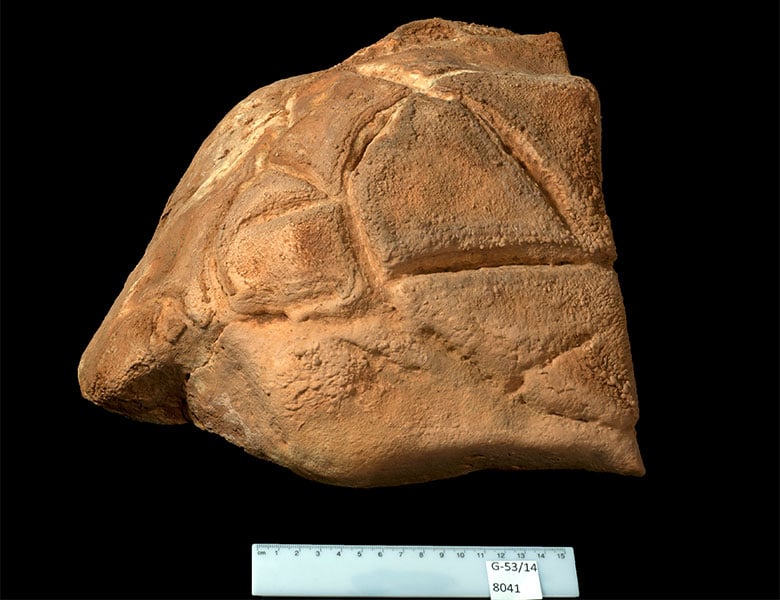 The incised rock found in Manot Cave.Carved boulder discovered in the ritual chamber of Manot Cave. Photo: Case Western Reserve University
The incised rock found in Manot Cave.Carved boulder discovered in the ritual chamber of Manot Cave. Photo: Case Western Reserve University
The team’s analysis of five stalagmites within the cave revealed soot residue on one, indicating the use of fire approximately 36,000 years ago. The absence of a hearth suggests that fire was brought into the chamber in the form of torches or temporary fireplaces. This deliberate use of fire in the ritual chamber further strengthens the hypothesis of ceremonial practices.
Contextualizing the Findings
Caves have long provided valuable insights into human history, offering glimpses into the lives of both Neanderthals and anatomically modern humans. Discoveries like the submerged rock bridge in Mallorca and the art-filled Cueva de Ardales in Spain have shed light on the movements and cultural expressions of early humans.
Neanderthals disappeared from the fossil record around 40,000 years ago, likely through genetic assimilation with Homo sapiens rather than extinction. Given the dating of the fire use in Manot Cave, it’s unlikely Neanderthals were responsible for the ritualistic activities. However, this doesn’t negate the possibility of Neanderthals having their own unique rituals. Further research at Manot Cave could unveil a more detailed timeline of occupation and potentially illuminate the cultural practices of different hominin groups.
Unveiling Ancient Mysteries
The discovery within Manot Cave provides compelling evidence of early ritualistic practices, offering a valuable window into the complex cultural behaviors of early humans. Further investigation of this site promises to reveal more about the fascinating story of human evolution and cultural development. This underscores the importance of continued archaeological research in uncovering the mysteries of our past.



